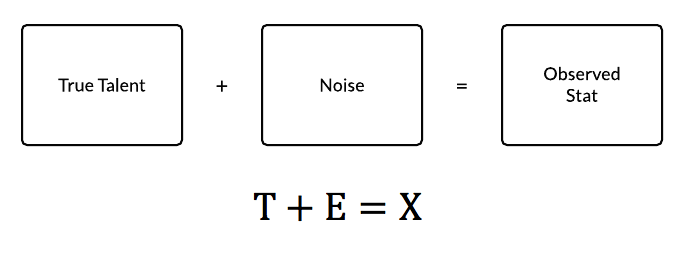The Nature of Albert Pujols’ Revival
Watching all-time great baseball players age is both a frustrating and fascinating experience. Albert Pujols will never be able to recapture the dominance that gave him one of the greatest first decades in MLB history, as the aging process is unkind and irreversible. Even Barry Bonds with his late-career surge into the record books was a much different player than he was earlier in his career. Albert Pujols has seen something of a revival in 2015, hitting his American League-leading 21st home run of the season on Sunday. The 35-year old Pujols will never be able to get back to the form he had a decade ago, but he is hitting better than he has at any time in an Angels uniform.
With 10 home runs in June, Pujols already has his first double-digit home-run month since August 2010, when he hit 11 homers. His 149 wRC+ is higher than his final season in St. Louis, although the season did not begin as Pujols would have liked. After going 0-for-4 with a strikeout against the Rangers on April 24, Pujols was hitting just .177/.261/.355 in 69 plate appearances. In the 210 plate appearances since, Pujols has been on a tear, hitting .301/.352/.622 with a 173 wRC+ providing Mike Trout a worthy partner in an otherwise punchless Angels’ offense.




